
There’s an Invisible Killer on Our Roads, Surely You've Heard it?
A friend here in Mumbai got caught honking the other day. He didn’t even know he was being fined, till a challan landed up on his mobile phone for 1,000 bucks with appropriate GPS coordinates.

A friend here in Mumbai got caught honking the other day. He didn’t even know he was being fined, till a challan landed up on his mobile phone for 1,000 bucks with appropriate GPS coordinates. Mumbai Police had their first ‘No Honking Day’ in 2008 and it took them a staggering FIFTEEN years to observe one again, which they did last month. Still, one should be grateful that they acknowledged that traffic noise is an issue that needs to be addressed seriously. Heck, they should do it for themselves, as traffic policemen are probably the worst affected by noise pollution.
It’s so sad that honking incessantly and without any reason is not considered an assault, as much as deliberately colliding with, or side-swiping, another vehicle. Noise can be equally deadly, let alone make you deaf or even lead to tinnitus. Heart attacks, high blood pressure, insomnia, nausea, headache, dizziness, etc., are all symptoms of noise pollution. And did I mention road rage? Road traffic is easily one of the biggest causes in India of noise pollution – it’s a not-so-silent killer, as it can lead to bodily damage and even premature death.
Sorry for the following science lesson, but it’s important: A recent New York Times article explained what happens when we are subjected to sound pollution: Noise signals are sent to the stress detection area in the brain – the amygdala – invoking the stress response. The amygdala, when subjected to consistent noise, begins to produce harmful effects. It activates the sympathetic nervous system, leading to a rapid heart rate, higher blood pressure and the production of inflammatory cells. Over time, this can lead to inflammation, hypertension and plaque build-up in the arteries, leading to the risk of heart disease, heart attacks and strokes. India is, of course, the world’s leading nation when it comes to heart disease. Oh, also nearly 10% of adult Indians suffer from hearing loss, according to the largest study in the world conducted in India.
Also Read: An unemotional welcome turns into an emotional goodbye
Are there rules that govern noise pollution? Yes, there are and my friend deserved what he got via Section 194F of the Motor Vehicles Act, 1988. If you ‘sound the horn needlessly or continuously or more than necessary to ensure safety, or drive a motor vehicle which makes use of a cut-out by which exhaust gases are released other than through the silencer, it shall be punishable with a fine of INR 1,000.’ Oh, a second and subsequent offence will attract a fine of INR 2,000. So now you know.
The Central Pollution Control Board too has permissible limits for noise levels. In residential areas, it’s 55 dB during the day and 45 dB at night. And in industrial areas, it is 75 dB and 70 dB and in commercial areas, it’s 65 dB and 55 dB day and night, respectively. As we all know, the decibels in real life are far, far higher than what’s on paper. But here’s what makes it worse, something which I, um, recently discovered: Decibel scales are not linear, they are logarithmic. What that means is for every 10 dB of increase in noise, the sense of loudness doubles. Imagine standing at a junction managing traffic in a commercial area with daytime permissible limits of 65 dB, while you are actually subjected to, let’s say, 95 dB. I’m poor in math (and science), but that sounds worse than what one imagines.
The NYT article also quoted a 2021 Swiss report published after studying more than four million adults for over a decade: ‘Starting at just 35 dB, the risk of dying from cardiovascular disease increased by 2.9% for every 10 dB increase in exposure to road traffic noise. The increase in risk of dying from a heart attack was even more pronounced: Also starting at just 35 dB, it increased by 4.3% for every 10 dB increase in road traffic noise.’ And that’s in Switzerland!
Also Read: Why do we look at a car and say it’s cute or that it looks aggressive?
So what’s the solution for India? Honking is the most ‘voluminous’ component of road traffic noise, so it needs to be curbed. But how do you do that when everyone is honking? How many fines can a traffic policeman levy on honking over and above his duties? One solution can be what was introduced in Paris last year, a noise radar that can measure noise levels of vehicles, read their number plates and send tickets automatically. However, a cheaper option would be to print stickers with my favourite message. I’m sure it sounds better in any of our 22 official languages; nevertheless, here goes: ‘Even dogs don’t bark without a reason. Stop honking.’



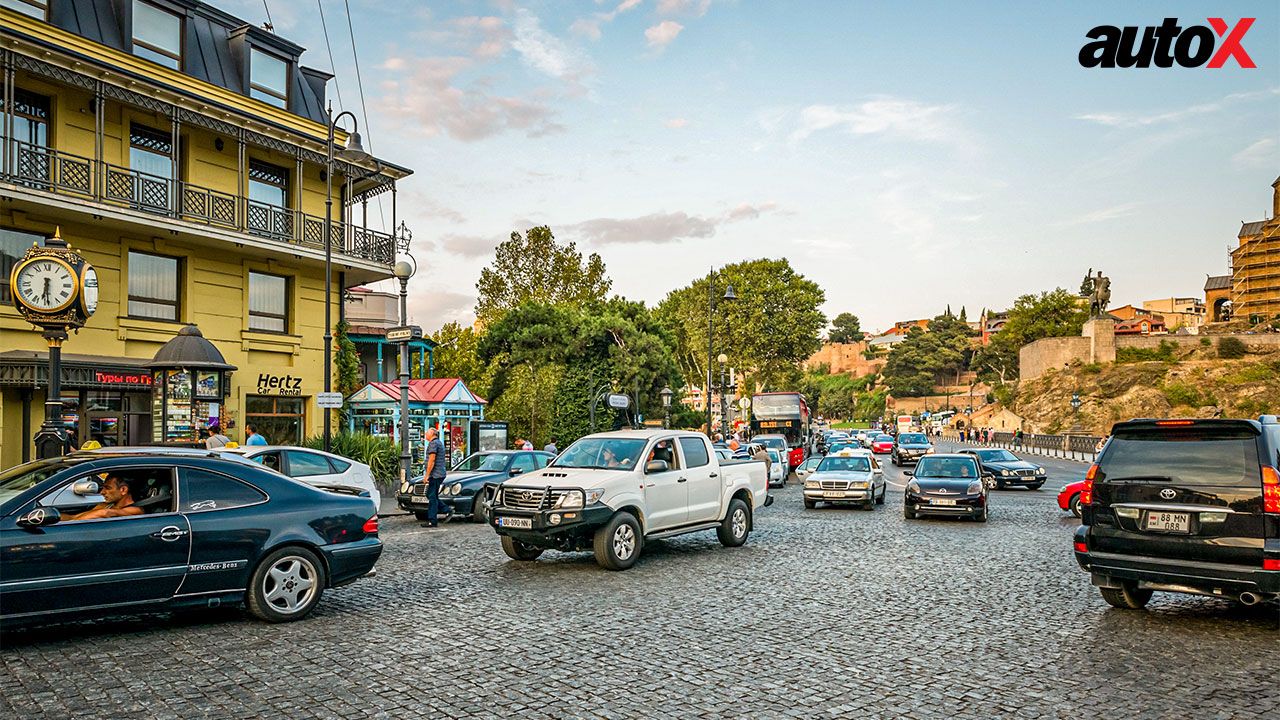
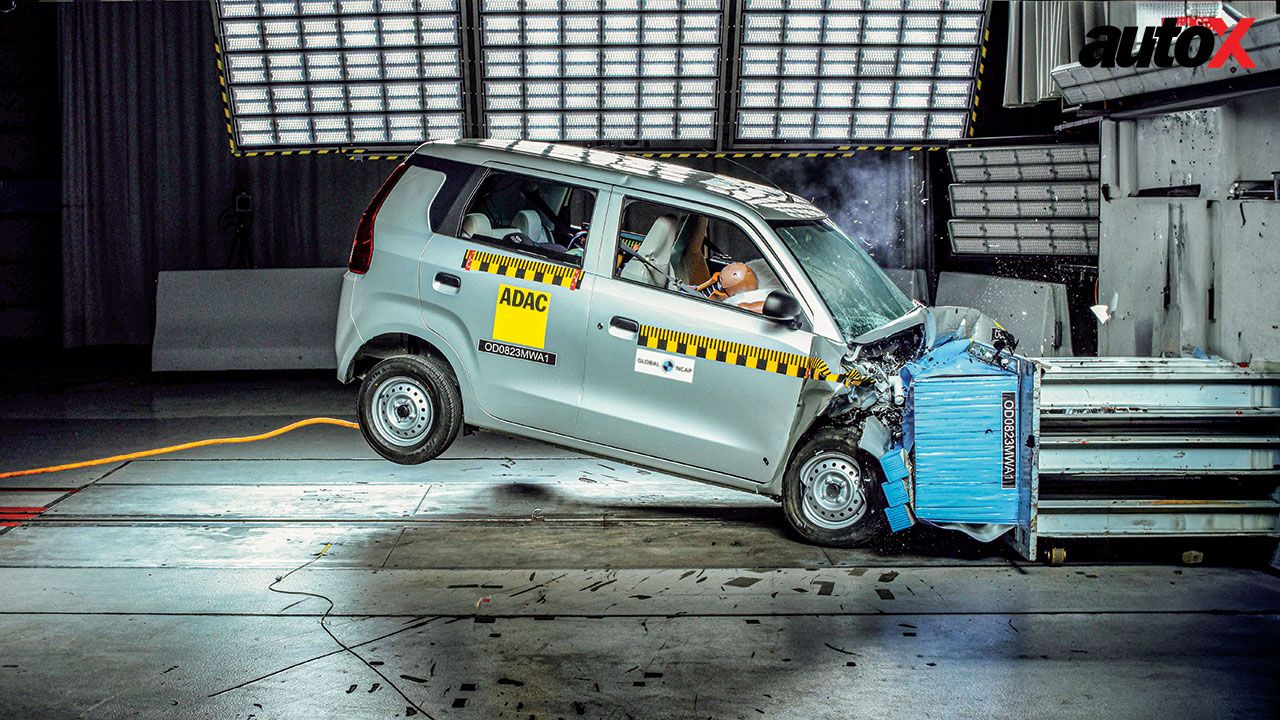




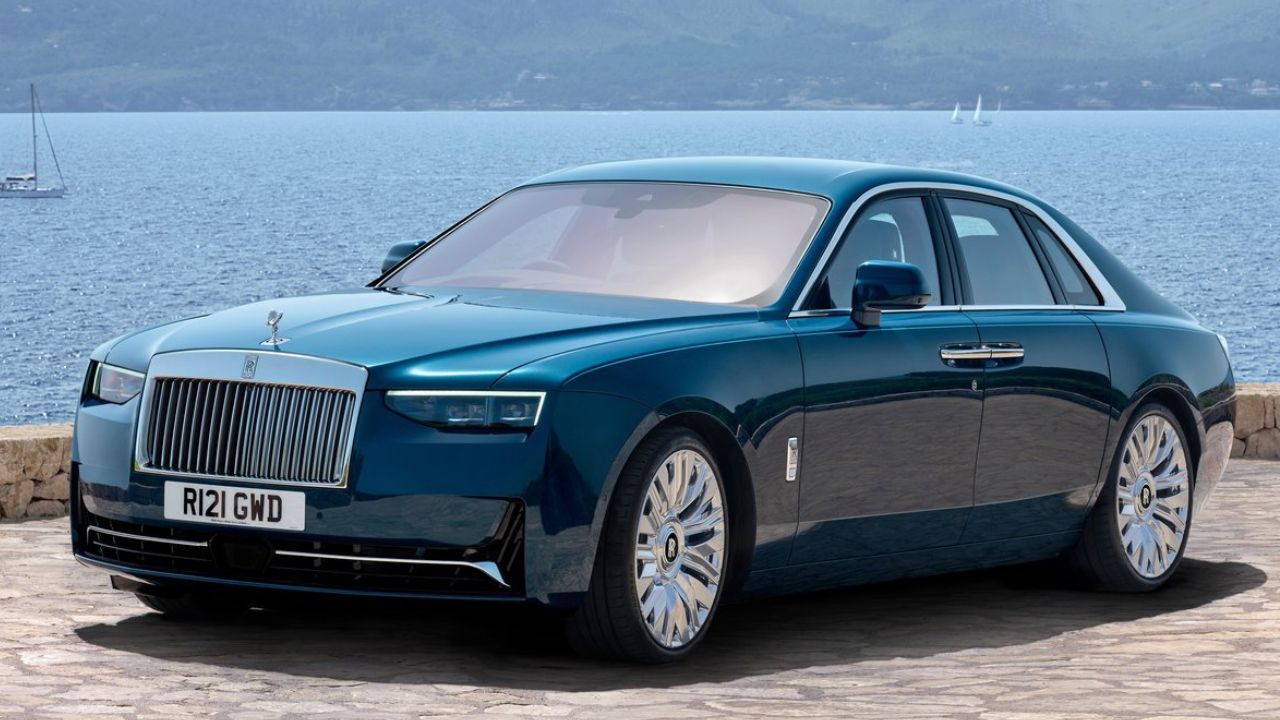
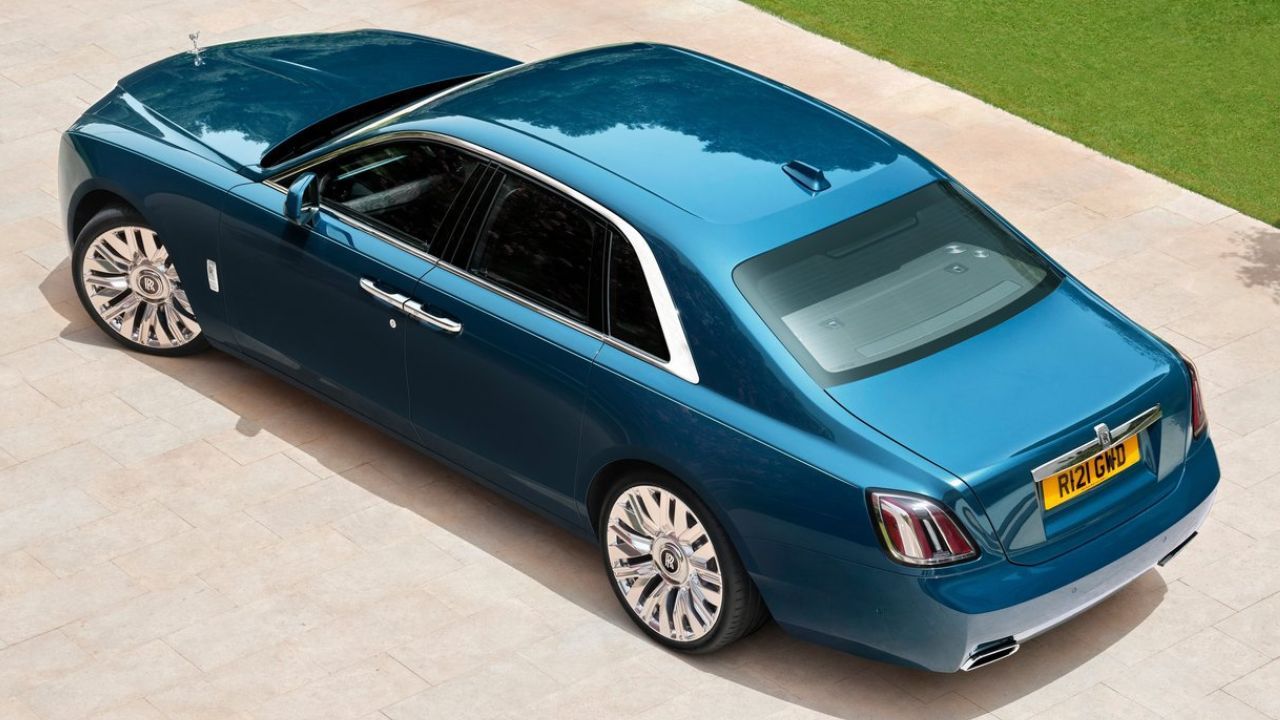
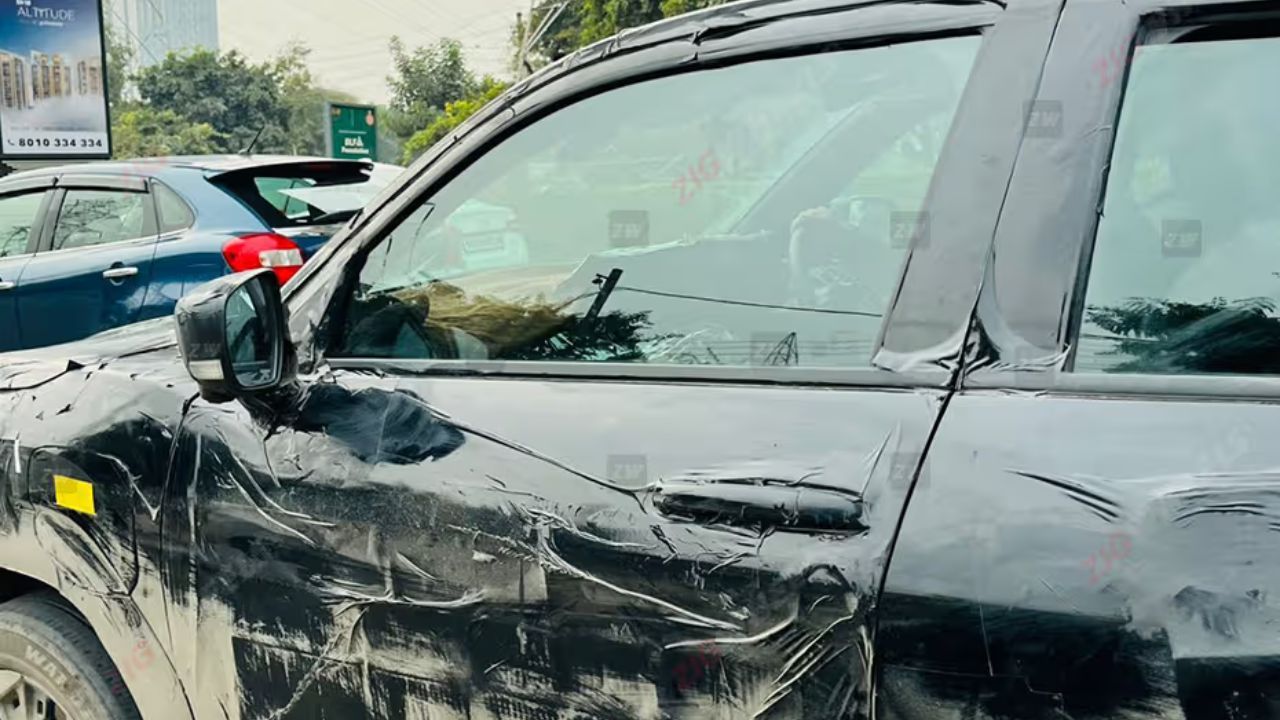
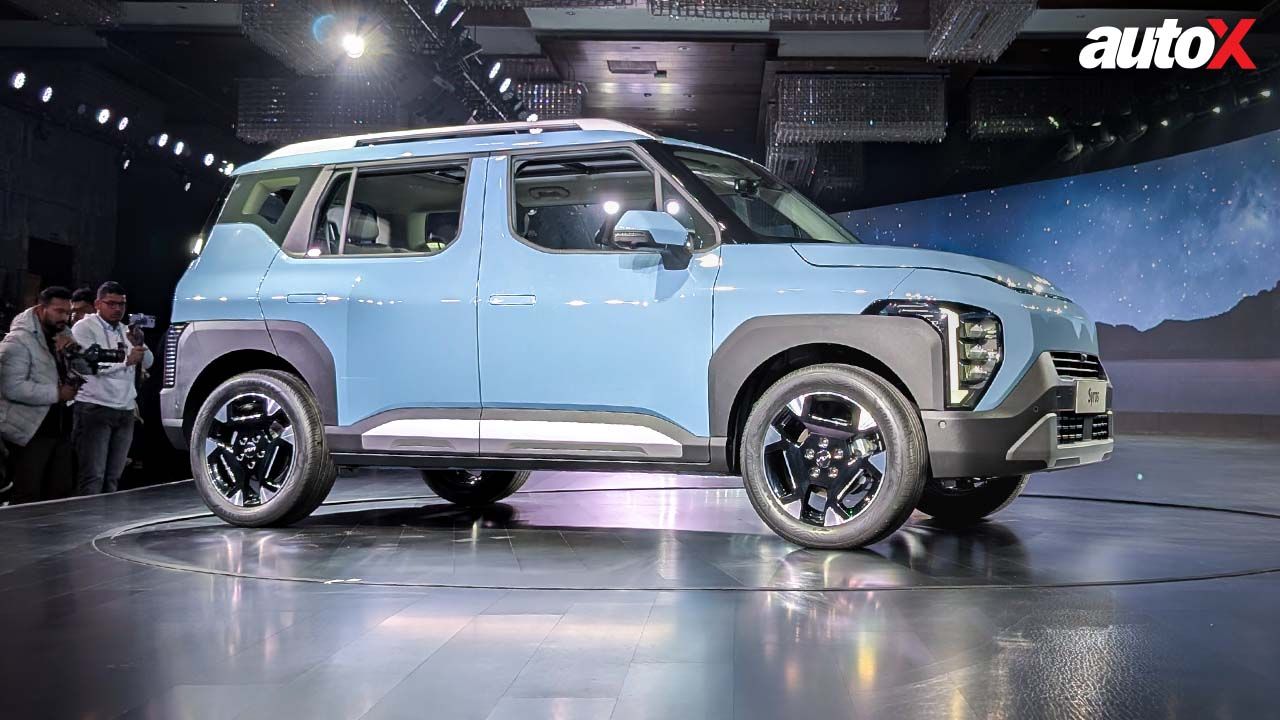
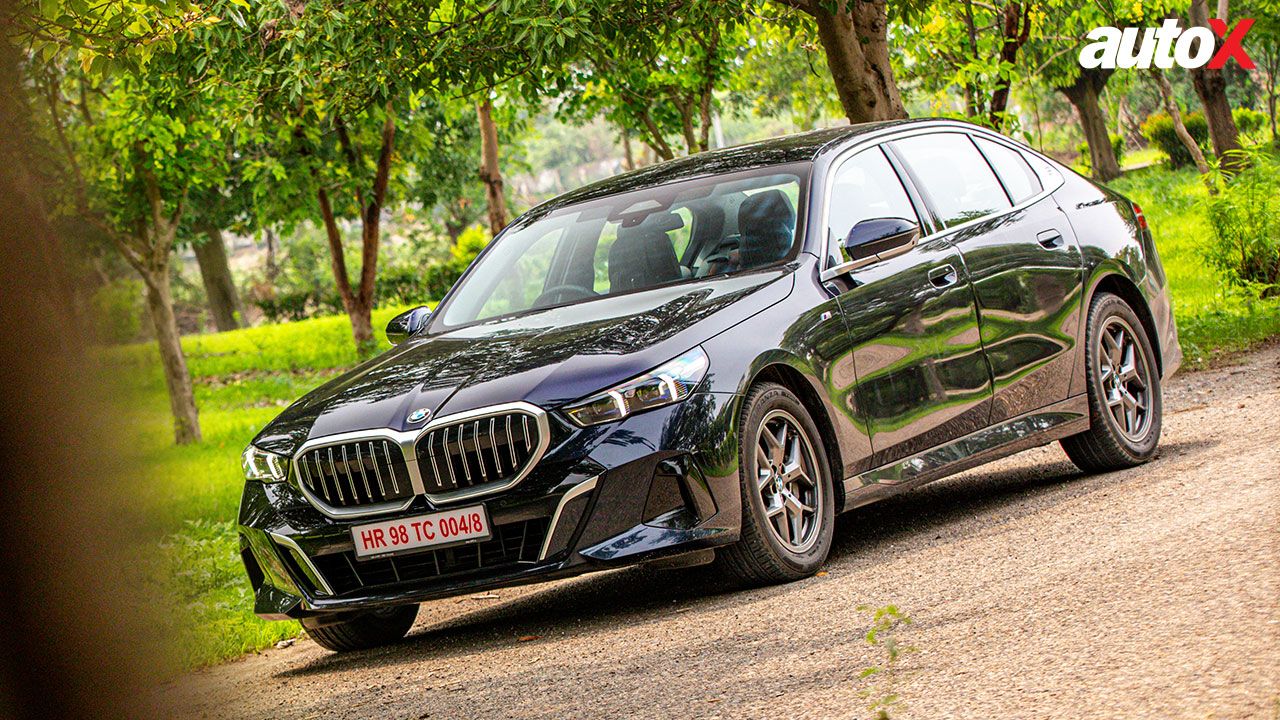
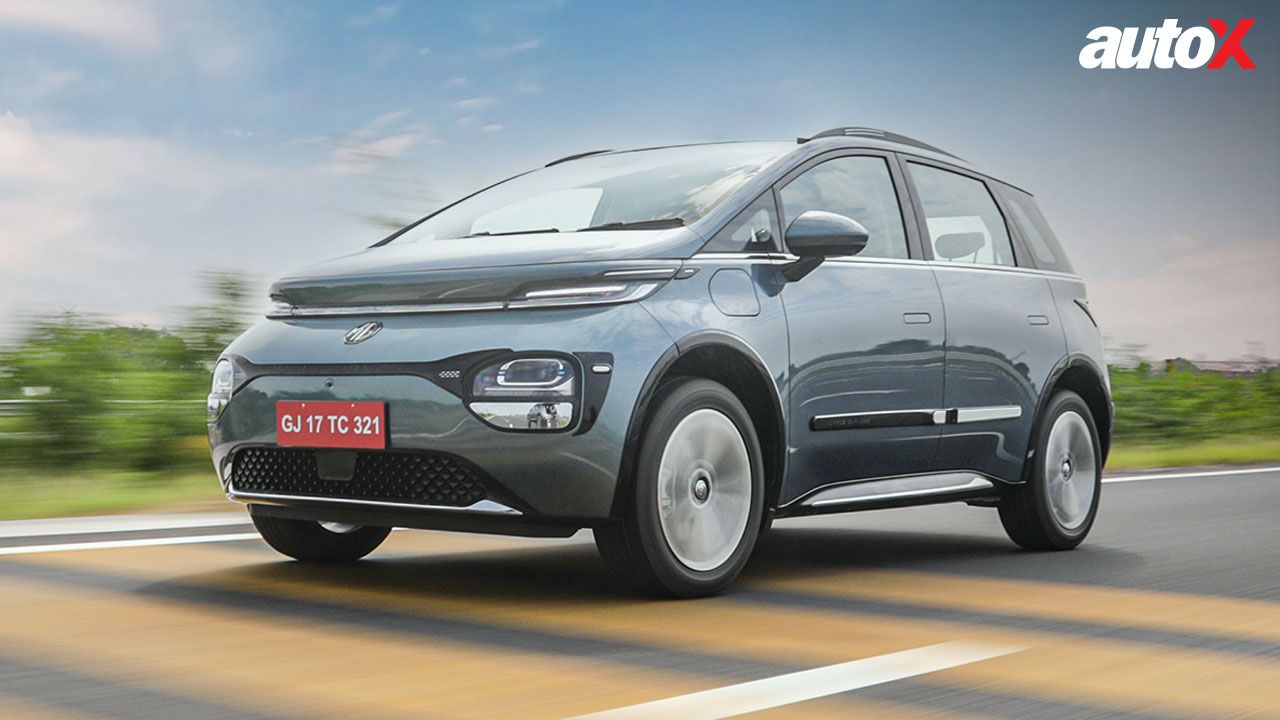




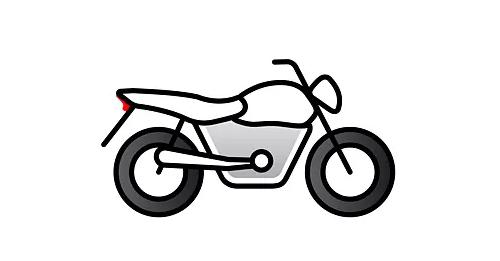









Write your Comment on